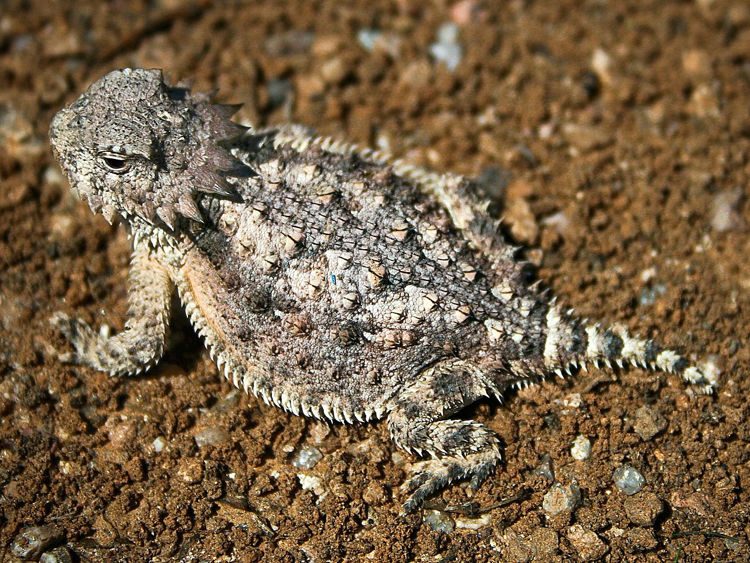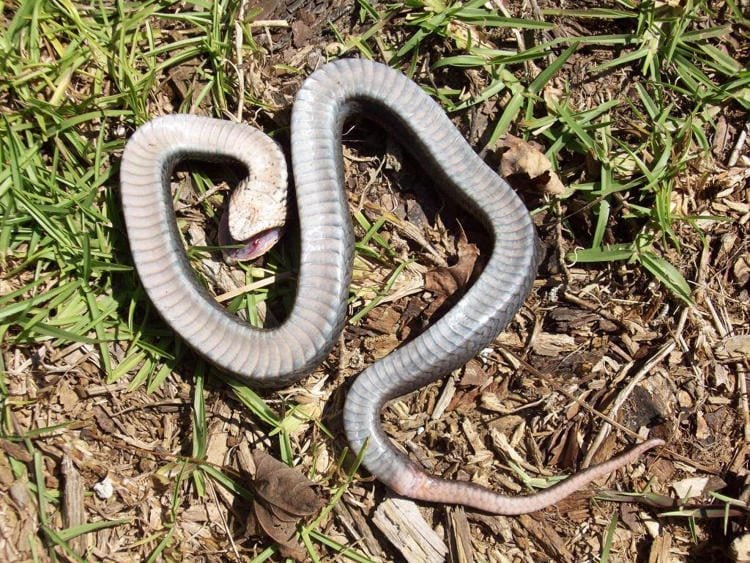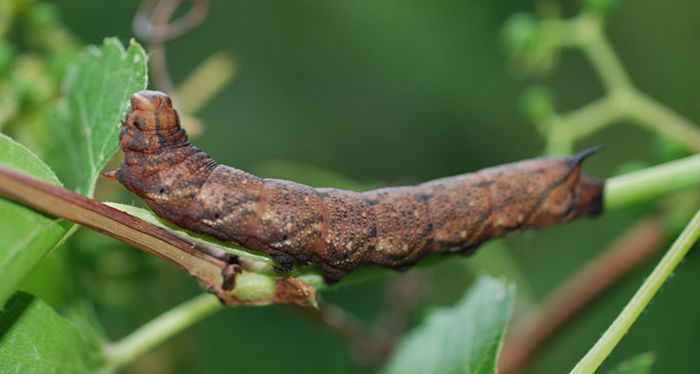We’ve featured some interesting animal defense mechanisms in the past, from moths that camouflage as two flies feasting on bird poop, to caterpillars that mimic snakes, but this horned lizard’s secret weapon is on another level of weirdness.
The regal horned lizard is a small reptile native to Mexico and the southwestern United States. Their main habitat is the Sonoran Desert Mountains, where they spend most of their time eating harvester ants and other small insects. They can eat up to twenty five hundred ants in one meal, but if you think that’s impressive, you’ll love its most unusual self-defense mechanism – squirting blood out of its eyes.









